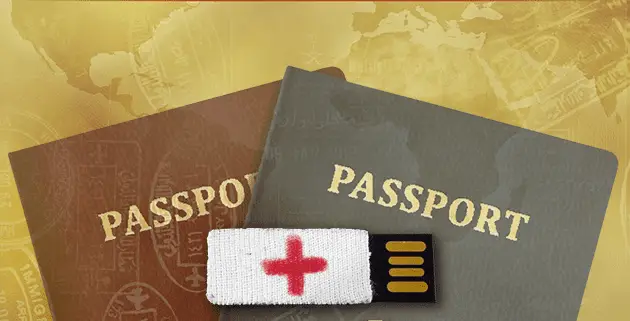Tourism Security: A Comparison on Safety Tips
Like many other tourist destinations in the world, it could be argued that South Africa has some way to go to manage the trade-off between providing information to travellers about safety and security considerations versus the important task of growing tourist numbers into the country. By Ian van Vuuren – Project Consultant, Tourism Safety Initiative, Tourism Business Council of South Africa.
The country’s climate, scenery, infrastructure, its friendly people and a positive exchange rate all contribute to make South Africa a very attractive tourist destination. And with the visa debacle now behind us, there is virtually nothing that stands in the way of increasing tourist arrivals into the country.
Or is there?
Safety and security are always upheld as our Achilles’ heel, but if that is the case, why is a country like Thailand still welcoming more tourists than South Africa as a tourism destination? Could it be due to amongst other things, the way they deal with matters of safety and security?
One possible answer is that it could have to do with how safety and security matters are communicated and integrated into their marketing strategy. In a country like Thailand, despite having a much poorer safety and security record regarding tourist than South Africa, they are expecting 33 million tourists this year, which will be more than double the number to visit South Africa. And in a recent article the Thailand government has vowed to improve the situation, so no attempt is made at hiding the facts.
Analysis of South African Websites that Deal with Tourism Safety
Looking at the selection of South African websites that deal with Tourism Safety (see analysis graphics above), and how they communicate regarding matters of safety and security, what lessons can be learned?
Firstly, one has to acknowledge that this is but the tip of the iceberg when it comes to tourism safety and security advice. Virtually every hotel and accommodation facility will have some advice or warning mechanism in place, be it electronic, brochures, z-folders, or even verbal warnings. The same also goes for every local municipality, especially within tourism dominated areas. This study therefore does not profess to be exhaustive.
There are a number of common themes that run through these safety tips. In most cases they deal with the various places where a tourist may find herself in the “travel value chain”, i.e. at the airport, in the vehicle, on the street, at the accommodation facility, at places of leisure/attraction.
In most cases emergency numbers are provided, and in some cases also a list of embassy numbers. Only in a few instances is information provided on card fraud prevention – this despite the fact that this is one of the major crimes affecting tourists (with ATM scams). A few sites deal with how to positively identify members of the SAPS, by implication suggesting this may be a problem.
There is limited information on dealing with safety issues, as opposed to security, i.e. illnesses, malaria, wild animals (granted, this is likely to be in the focus at areas where this may be relevant).
In most instances warnings are phrased in a negative manner, i.e. “do not”. In many cases the safety and security information is “hidden” behind other information that markets the destiny. This is understandable, but in some cases navigating to find such information is difficult. Note – this is not a phenomenon unique only to South African tourism authorities/associations.
There is, with the exception of the provision of emergency numbers, virtually no advice on how to respond to various types of victimisation. In other words – if you have been a victim of card fraud, follow these steps, or if you had your passport stolen, then these are the steps.
WAY FORWARD
Through the Tourism Safety Initiative approach of focusing on establishing Public-Private Partnerships, the idea is for the industry to ultimately achieve the following:
• Developing a common “macro” message that can be replicated at the level of South African Tourism, Tourism Business Council of South Africa, provincial and city levels.
• From this generic message, more specific messages may be developed by local authorities, tourism product owners and service providers, etc.
• These messages should in all cases phrase matters, as far as is possible, in a positive manner, i.e. “do” instead of “do not”. Look at SABRIC as potential best practice.
• Links would be provided of support of various types on all sites, i.e. emergency responders, trauma councillors, translators, embassies, banks, etc.
• We will also develop common ways to respond to specific types of emergencies, especially under the categories of violent crime, fraud, extortion, and health and safety. This can be done with simple flow charts.
• Through the TSI, a facility will be developed with the capabilities of responding to emergency needs of tourist travelling within the boundaries of South Africa as a destination.
• These things should be developed in a “fun” manner, i.e. interactive colourful posters that integrate normal tourism information with safety and security information in a seamless manner.
In the final analysis, TSI recognises that what is required here is a joint, integrated strategy on how to handle the communication of safety and security messages horizontally and vertically throughout the tourism spectrum in a fused public and private sector approach.
This after all, the long term objectives of the TSI with the support of both the public sector at all levels and the private sector.
For more information visit www.tourismsafety.co.za/








